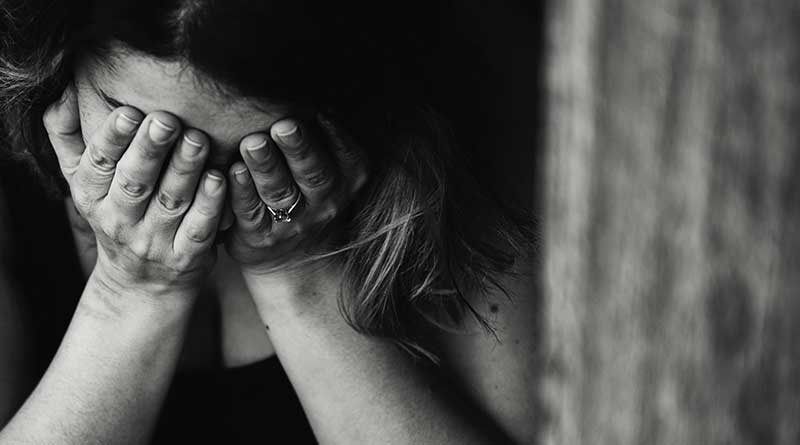Anxiety and The Power of Now
Introduction
One of my favourite books is “The Power of Now” by Eckhart Tolle. The essence of his message is that we must live in the moment – the present – because the past will make us depressed and the future will make us anxious. Depression and anxiety are fundamental pillars of mind ill-health. If we look back at the past, we can have regrets, which makes us sad (depression) or we long to be back in those times, which again makes us sad. If we look to the future, we cannot know what is going to happen and uncertainty can make us anxious.
A friend suffers from both depression and anxiety and very sensibly shares this openly with others, so that we can ask how he is and offer support. Interestingly, he’s not experiencing depression at the moment – only anxiety. He’s not looking back; he’s worried about the future.
Other than for people who have lived through war, the current times are probably the most uncertain, the most rapidly changing and the most unsettling that any of us has ever experienced. This week’s note is therefore about anxiety – What is it? When did we become aware of it? How can we manage anxiety in the current environment? As health care systems? And as individuals?
Anxiety – handbook definition
The Diagnostic and Statistical Manual of Mental Disorders (DSM) is the handbook used by health care professionals in the US, and much of the world, to define and diagnose mental disorders. The DSM was first published in 1952 and has been revised a number of times since, as our understanding and treatment of mental health has evolved (Ref 1). The current version of the manual is DSM-5, which was extensively updated and republished in 2013 (Ref 2).
There were a few changes in the definition of “Generalized Anxiety Disorder” between DSM-IV and DSM-5. The revised manual, DSM-5, saw many mental health conditions being given their own definitions and diagnoses and no longer being captured generally under anxiety. Examples include obsessive-compulsive-disorder (OCD); post-traumatic stress disorder (PTSD); panic disorder; and agoraphobia (Ref 3).


